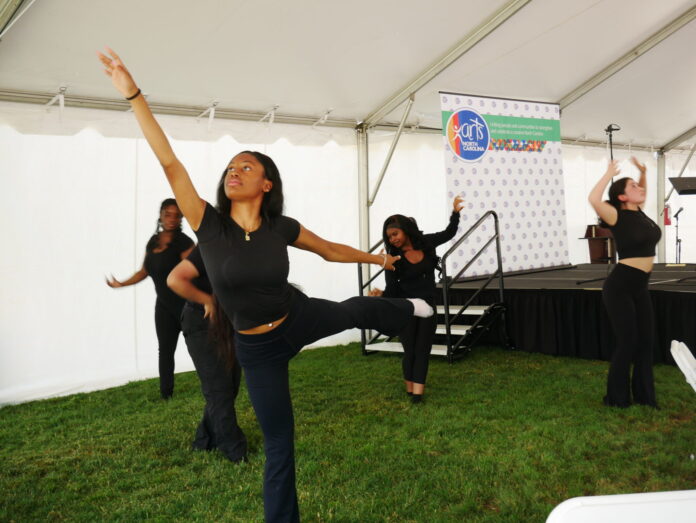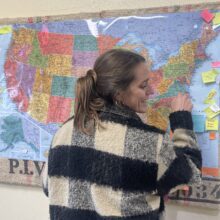Nate McGaha, executive director for Arts North Carolina (Arts NC), asked a room full of advocates to raise a hand if this was their first time at Arts Day. Arms from across the conference shot up in the air — an encouraging sign to McGaha, and for art advocates of North Carolina.
“It is inspiring to see a large number of first-time attendees this year. Now more than ever, people want to talk to their representatives about what is important to them, especially the arts.”
Nate McGaha, Arts North Carolina


This year’s Arts Day on April 22 began with a lesson in advocacy from McGaha — how the legislature works, who advocates are talking to and why, and a guide on how to ask for more funding in certain areas. Arts Day looks to help advocates like those in the room focus their funding requests, in the hopes of getting local representatives on board for bipartisan support of the arts.
“Arts North Carolina works to advance public funding and public policy for nonprofit arts organizations,” said McGaha. He added that they also support artists and the creative industry as a whole, but they mainly focus on nonprofit arts and advancing public funding and policies for a comprehensive arts education.
McGaha described comprehensive arts education as a three-legged stool — all equally need each other to support the goal.
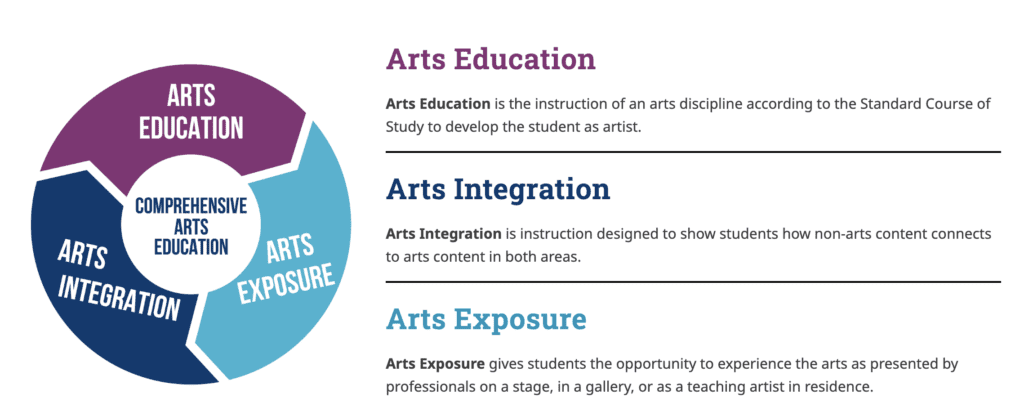
It starts with art education — learning the discipline of dance, music, visual art, and more. Next is integration — seeing how art can be used to teach other standards in the classroom. There is no better example of that than our A+ Schools of North Carolina, an arts-based whole-school reform model that integrates the arts into daily standards and teaching.
A+ Schools of North Carolina stories
And the last of the three-pronged comprehensive art education approach is exposure. That is the NC Symphony coming to your school, an indigenous artist teaching pottery in class, or a dance professional bringing the whole school together to move.
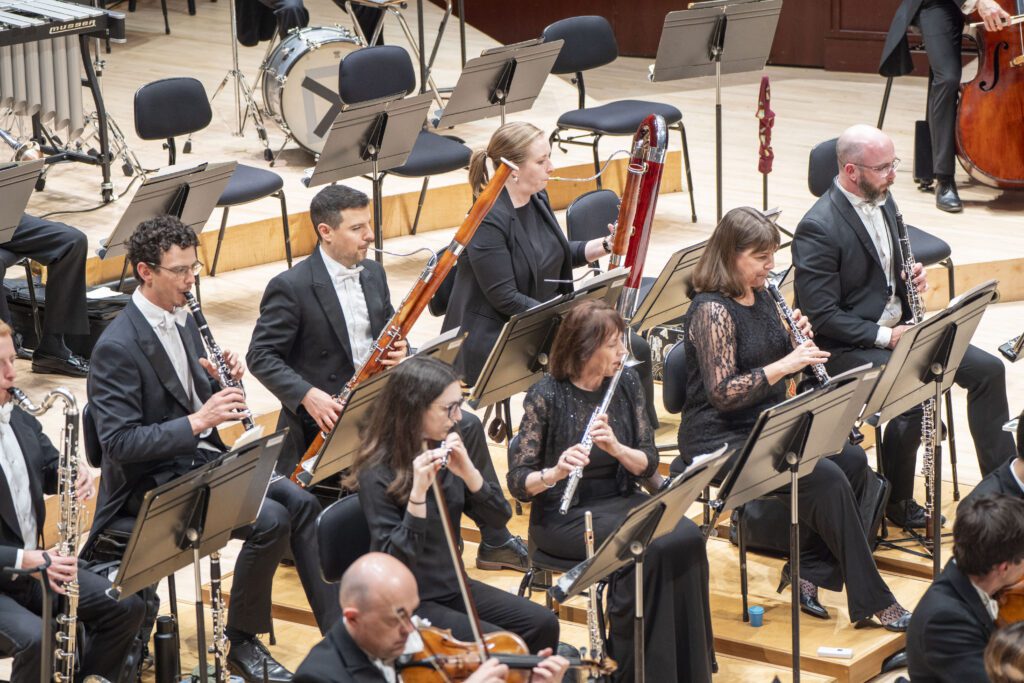
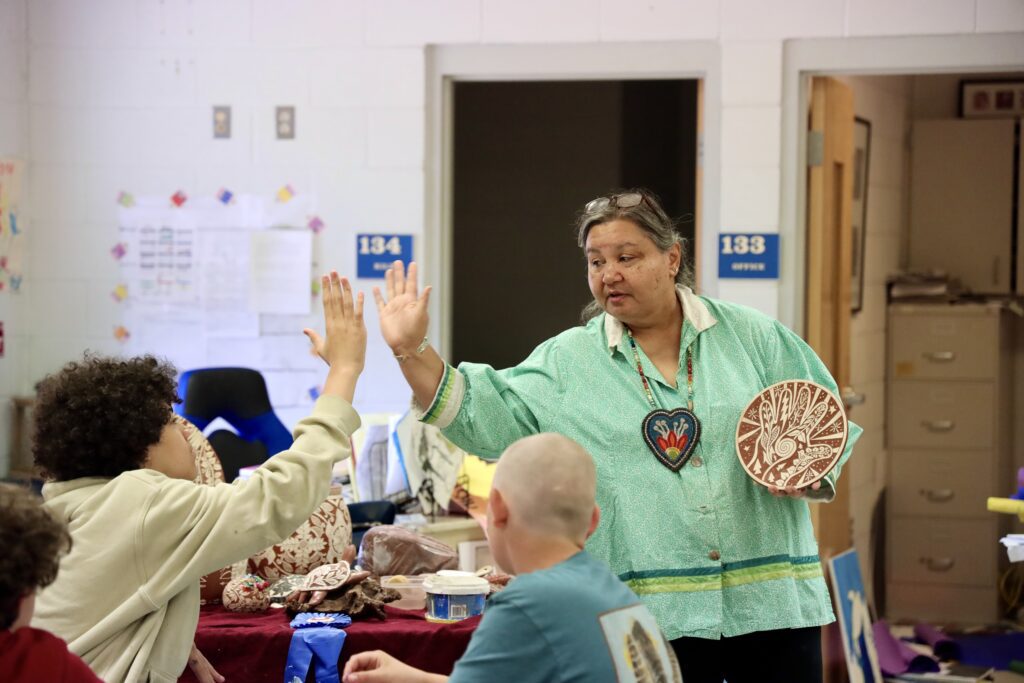
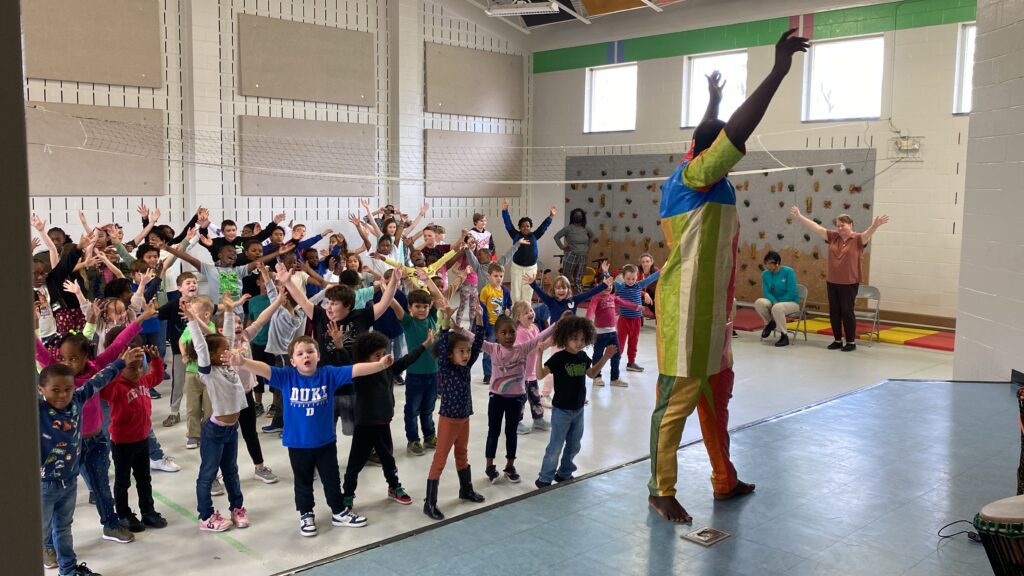
“A good arts education really is incomplete without arts exposure,” said McGaha. “And I know that many of you are part of arts organizations that have education departments and do that work in the schools, or have the students come to you, and that exposure to high quality arts is so important to a fully well-rounded education.”
Wondering what Arts NC is focused on this year? See their appropriation requests below or find them here.
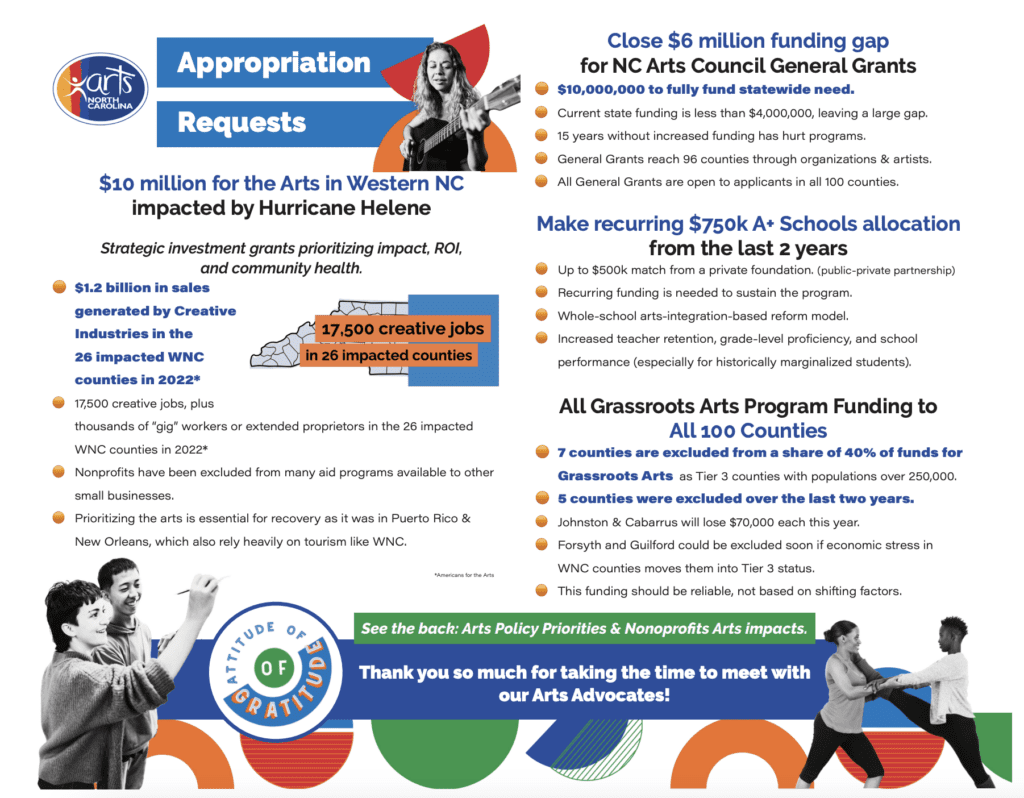
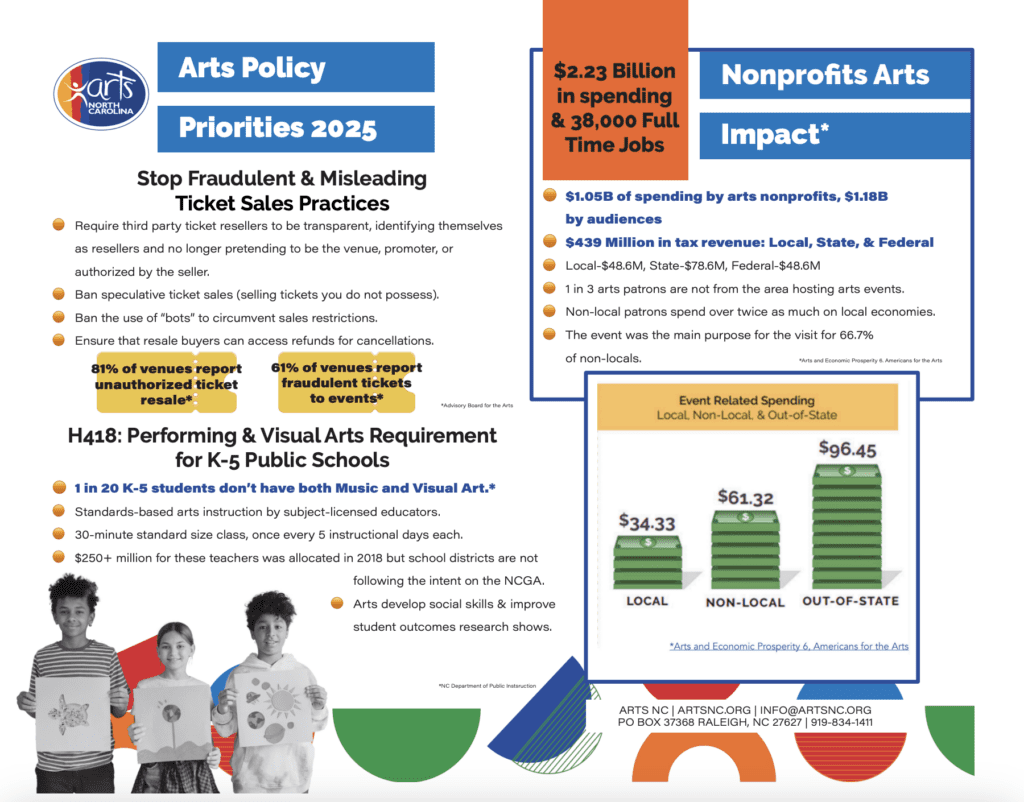
The day’s schedule included presenters from the National Assembly of State Arts Agencies, Creative West, the North Carolina Arts Council, and more. Advocates participated in an Earth Day interactive activity, watched a performance by ShaLeigh Dance Works, saw artwork from comics creator and cartoonist Keith Knight, and listened to music by artists Donna Ray Norton and group Larry & Joe.
Lessons from Katrina to help with Helene
Helene relief took center stage as Pam Breaux, president and CEO of the National Assembly of State Arts Agencies, spoke about working in Louisiana after Hurricane Katrina.
“From my experience so many folks and organizations helped Louisiana in the aftermath of Katrina for weeks, for months, and for years after the devastation. So I’d like to pay that kindness forward by sharing some tips and strategies that (were) helpful for us in the comeback,” she said.
Her first tip: think long term.
“One of the greatest challenges to multi-year partnerships with private funders, like national foundations for instance, is that their attention is divided in so many ways and even across disasters,” she said. So getting long term support, not just immediate aftermath support, is crucial.
She and her office kept those funders who did invest long term up to date on how their investments were making a difference.
Her office hosted funders in town, showing them the cultural institutions, arts organizations, and individual artists impacted by their support. They welcomed funders to host board meetings in New Orleans.
“We fostered those human connections on the ground at home to sustain those relationships,” said Breaux.
There were national conversations about the vulnerability of New Orleans’ coastal position, creating the question of whether it was a city worth saving. Breaux’s office used the media to combat the negative conversation by sharing the city’s vibrant stories of cuisine, hospitality, music, and culture. The city brought back a pared down Jazz and Heritage Festival, and Breaux’s team invited the media to come — taste, listen, and feel the energy of New Orleans.
The second tip: demonstrate how the economic recovery of the arts is critical to the broader economic recovery of the entire state. Her office was able to collect data and get the cultural economy designated as one of the top five industries in Louisiana. This allowed arts and cultural organizations and businesses to apply for public funding coming into the state.
Her third tip: the arts and tourism industry should work in collaboration. Events that can bring people back to the area need artists selling their work, musicians to perform, restaurants to cook food. Western North Carolina and New Orleans have a lot in common when it comes to what visitors are looking to experience, and Breaux encourages cross-sector creative thinking to get folks back in the area.
It was a marathon to raise New Orleans up again, and with the 20th anniversary of Hurricane Katrina coming this fall, there is time for reflection. Breaux believes the art advocates in the room have the energy, creativity, and opportunity to do what Louisiana did for New Orleans and its special culture — bring it back.


